Is Fell Running Britain's Most Extreme Sport?
Delve into the physically demanding and curiously British world of fell running
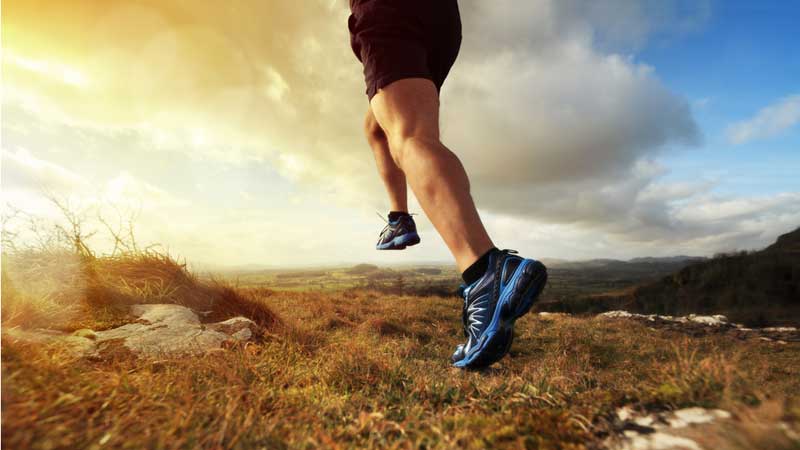
Recent updates
This article was published May 1, 2015. It was updated in 2022 to improve the formatting following a website migration.
“This is how death must feel,” reads the first line of Richard Askwith’s book Feet In The Clouds. Askwith is describing one of his four attempts at the notorious Bob Graham Round challenge, which dominated his life for five years. He also writes, “WARNING: the activities described in this book are dangerous and may result in injury or death. Don’t try them. Go to a gym instead, or stay at home and watch television.”
At a time when races from Ironman triathlons to half marathons to mud-splattered obstacle course challenges are becoming phenomenally popular (and lucrative for their organisers), fell running stands out as perhaps the purest form of the sport. In essence, it’s a foot race straight up and down a “fell” – a Norse-derived word used in northern England to mean a very steep thing. Races are usually on unmarked courses, amazingly cheap to enter, short on prizes (no medal or T-shirt for finishing) and contested by runners wearing vests, bumbags and short shorts. They can be as brief as 30 minutes or take as long as 24 hours.
The first fell race has been traced to Scotland in 1064, although the sport is probably much older. It’s folksy, determinedly amateur and full of heroes who frankly should be much more famous. Askwith writes that the exploits of the greatest fell runners “are as glorious as anything in sport’s history”. He’s referring to people such as ‘Iron’ Joss Naylor.
As a child, Naylor spent five years in a corrective corset after a back injury; later, he ran in pain for six weeks before being diagnosed with two broken feet. Despite all that, in 1987 at the age of 50 he set the record for the ‘Wainwright Tops’, visiting all the 214 fells mentioned in Alfred Wainwright’s Pictorial Guide To The Lakeland Fells in seven days and one hour, a run of over 500km with around 36,000m of ascent. (His record wasn’t broken until 2014, when Steve Birkenshaw completed the Tops in six days and 13 hours.)
Do the rounds
Other fell-running legends include Ronald Turnbull, who traversed all 2,000ft [610m] Scottish peaks outside the Highlands in a continuous 627km run lasting nine days and 14 hours. Mike Hartley ran the 431km Pennine Way in just two days and 17 hours. He’s not to be confused with Mark Hartell, who bagged 77 Lake District summits in 24 hours to take the Bob Graham Round to a new level. What’s the Bob Graham Round, you ask? It’s one of the Big Three races or rounds of fell running and takes place up and down the 42 fells guest-house owner Graham visited in 24 hours, setting a new record in 1932 that stood for almost 30 years. Incidentally, when Graham recce-ed each of the summits of what would become his eponymous round, he did so barefoot. And that was long before the days of protective minimalist shoes.
How impressive are these achievements? Well, when Chris Brasher – Olympic steeplechase gold medallist, pace-setter for Roger Bannister’s four-minute mile and founder of the London Marathon – twice attempted the Bob Graham Round and was twice unsuccessful. Arguably the greatest ever ultra runner, Scott Jurek, completed the round (albeit not at his peak) with only 16 minutes to spare.
Could I measure up to these legends of the fells? I was pretty certain I wasn’t ready for a Bob Graham attempt, but I found a formidable yet achievable-sounding alternative race. Or rather two in one weekend – the Brecon Fans Races in the dramatic Brecon Beacons.
Get the Coach Newsletter
Sign up for workout ideas, training advice, reviews of the latest gear and more.
Race director Crispin Flowers warns me, “The Pen Y Fan Race on the Saturday will leave you unable to walk for several days if you do it properly”. But it’s less than 6km, I think, and I run ultramarathons. What’s the fuss all about? I conveniently forget for the moment that ultra runners tend to walk the uphill sections.
Welcome sign
The first thing I like about fell racing is the entry cost – just £8 for two races. For comparison, the Bath Half costs over £40. As I arrive there’s a conspicuous lack of big luminous signs. I register in a tent under the foreboding Pen Y Fan, the highest peak in southern Britain. The idea today is to go to the top and back as fast as possible. Races are rated according to three ascent categories, A, B and C, with A being the toughest, and three distance categories, L (over 20km), M (10-20km) and S (under 10km). This race is rated AS – “brutal but it doesn’t go on for long” – with 588m of ascent and there’s a £800 prize for anyone who beats the course record of 30 minutes, set by Keith Anderson in 1992. Flowers apologises for not having picked all the thistles from the course and before I know it we’re off.
Up, up, forever up we go. I try to stick with the front group, but quickly drop away. I’m soon covered in sweat, thighs flooding with lactic acid, struggling to run. Three runners pass me and I tell myself no more will. Well, OK, just one more. And, well, one more won’t hurt. Fifteen minutes in and we’re still climbing. I have my hands on my thighs and am basically hiking – it seems just as fast but hurts less. I long for flat or downhill terrain and after 25 minutes I finally reach the summit plateau. After all that climbing, though, flat feels weird. My legs are wobbly and won’t do what they’re told.
A luminous-jacketed marshall looms out of the murk and points to what appears to be a cliff. It’s so steep I have to scramble down. In fell racing, if you’re not going steeply up you’re going steeply down. Uphill is horrible – slow and torturous. Downhill is horrible too – but in a totally different way. You plummet uncontrollably, arms and legs windmilling, while the terrain is trying to trip you up and snap your ankles. It’s terrifying but thrilling.
Slip and slide
I pass three runners. Then I do a little roly-poly. You know, for fun. Ouch. There’s no path, so it’s a free-for-all on the tussocky slope and the hills are alive with runners, either side of me, helter-skeltering it down like a human lava flow.
I finally locate the track we came up what feels like hours ago. There’s a runner on my tail and I pick up the pace to stay ahead. But as I do, someone sticks pins in my heels. Blisters! I sprint-hobble through trees and see a small crowd, and a finish line. I barrel across it, arms and legs spinning, head dizzy, breathing desperately.
It took me almost 30 minutes to get to the summit, but just 10 to get down again. Rather absurdly, I’ve placed sixth. I shake hands with other runners but feel very strongly that I would like to have a little sit-down now.
More runners – young and old, male and female – cross the line, flinging themselves to the ground or bending over double, looking shell-shocked, white-faced, red-faced, but about a minute later, smiling like 90s ravers. I also now feel utterly fantastic as my body floods with endorphins. I apply plasters and Natural Hero cream to my legs and toes, which are in bits – and I’ve got a longer race tomorrow.
Flat rate
Sunday’s Fan Y Big Horseshoe Race, rated BM (“not too pointy but quite tough”), is more my kind of race. It’s 16km and there’s more flat. But like the Pen Y Fan it starts with a horrible slog uphill, less steep but longer. It also ends with a fast descent, again less steep and longer. In between, though, there’s some flattish skyline running, which I really enjoy, not least for the epic views of huge grass-covered panoramas that go on forever and distract me from the discomfort.
At the finish tape I collapse on the floor, my quads screaming, my toes sobbing and my mouth a foaming, dry sticky mess. I’m destroyed but ecstatic.
As Crispin predicted, my attempts at walking cause much merriment for others for much of the week. Even so, I know these won’t be my last fell races. But it gets me thinking: how can I improve? What makes a great fell runner?
The best fell runners I’ve seen so far almost seem to have upside-down bodies: all the muscles are in their bulging legs, while their arms are like babies’. “I just run every day,” Mark Palmer, who ran the fourth fastest Bob Graham Round (14hr 5min), tells me after the races. “Always off-road, on the hills. If I’m not running I cycle and swim.”
According to Palmer, you’ve got to love it to get the most out of it. “Running on the hills just does it for me,” he says. “I can’t run on Tarmac. Up on the hills I feel alive. Give me a hill to run up and I’m happy.”
So what are the attributes of a good fell runner? “A good heart and lungs,” writes Richard Askwith. “A light frame, preferably under 63kg, with no excess fat. The kind of sure-footedness that comes from familiarity with the hills.” All these seem attainable. But Askwith adds something I don’t yet possess and I’m not sure I ever will: “And a disregard for pain and danger that verges on lunacy.”
Essential Fell Running Gear
Having the right kit is vital if you don't want to get injured, or just left behind. Here, Hall picks his favourite bits of fell running apparel.
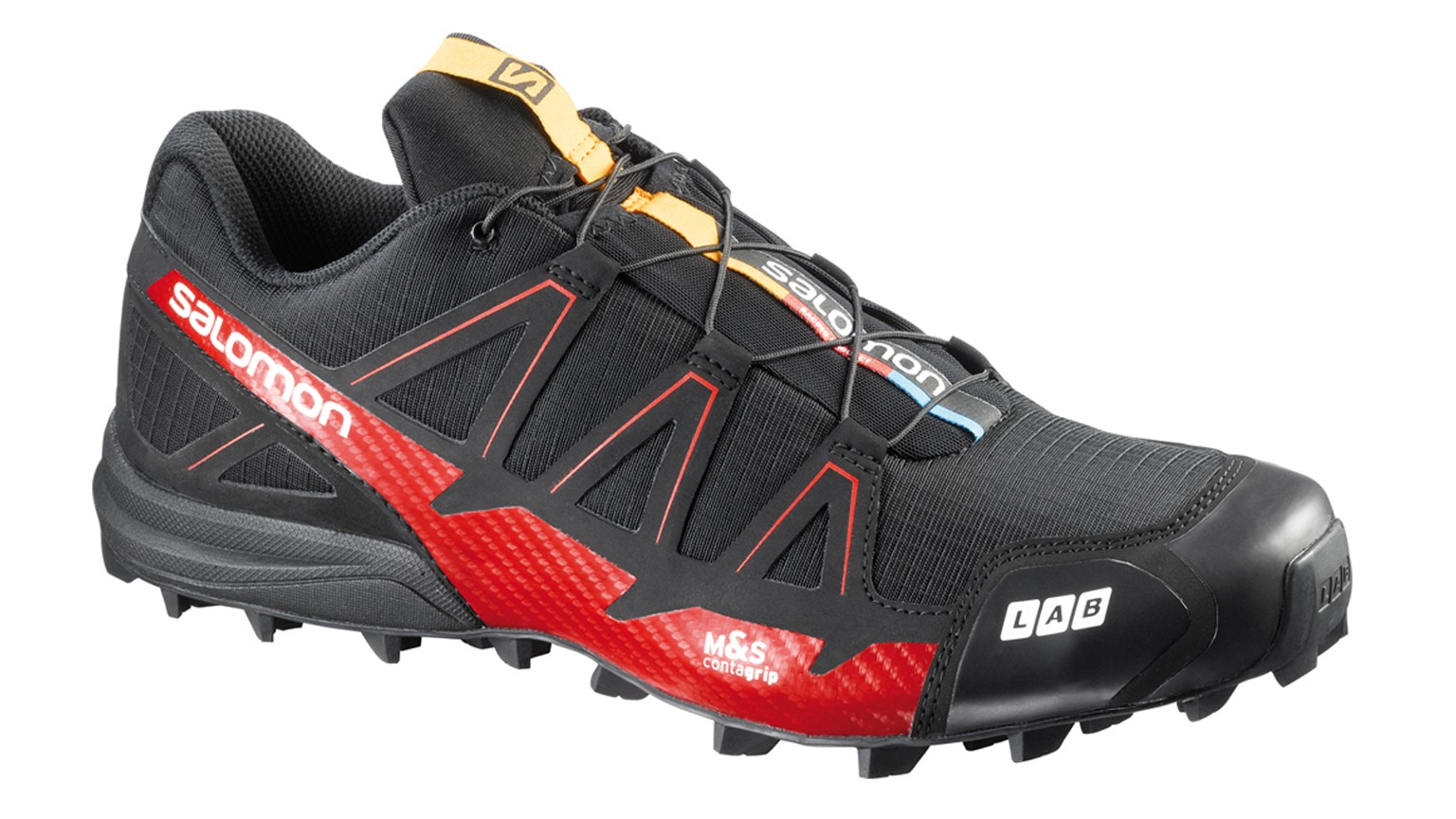
Salomon S-Lab Fellcross 3
Salomon’s Fellcross is designed specifically for fell races and fitted me like a glove straight from the box, feeling deliciously light and fast. Think old-school gym shoe with aggressive tractor tyres underneath.
- More of the best trail-running shoes
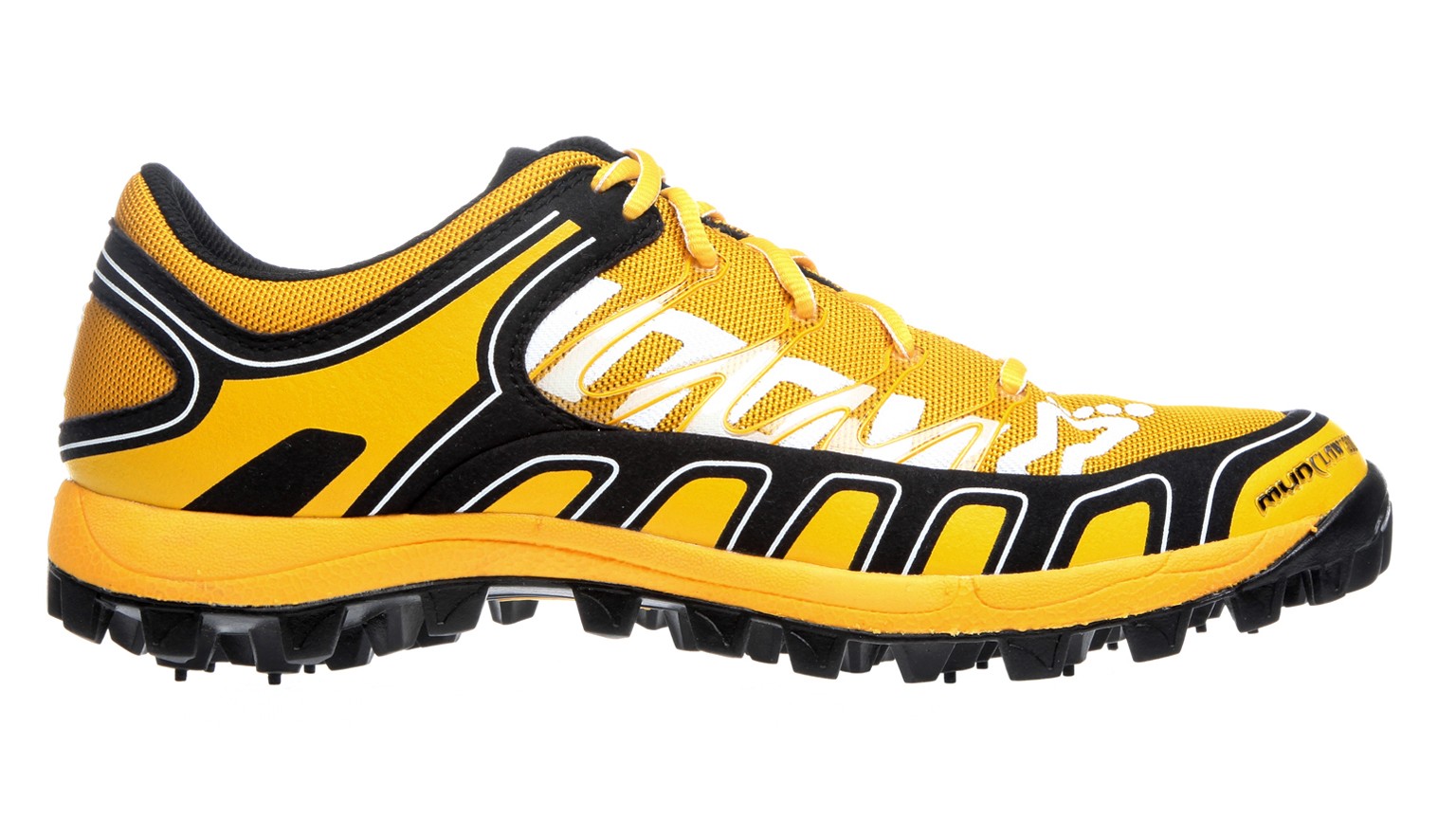
Inov-8 Mudclaw 300
This popular, all-terrain beast has marginally better grip than the Fellcross and feels more durable. But it’s heavier and took time to adapt to my feet. The Mudclaw repels mud and water rather than letting it in and out, as the Salomon shoe does, and also has more cushioning – plus it’s a fair bit cheaper. Preferred for longer races.
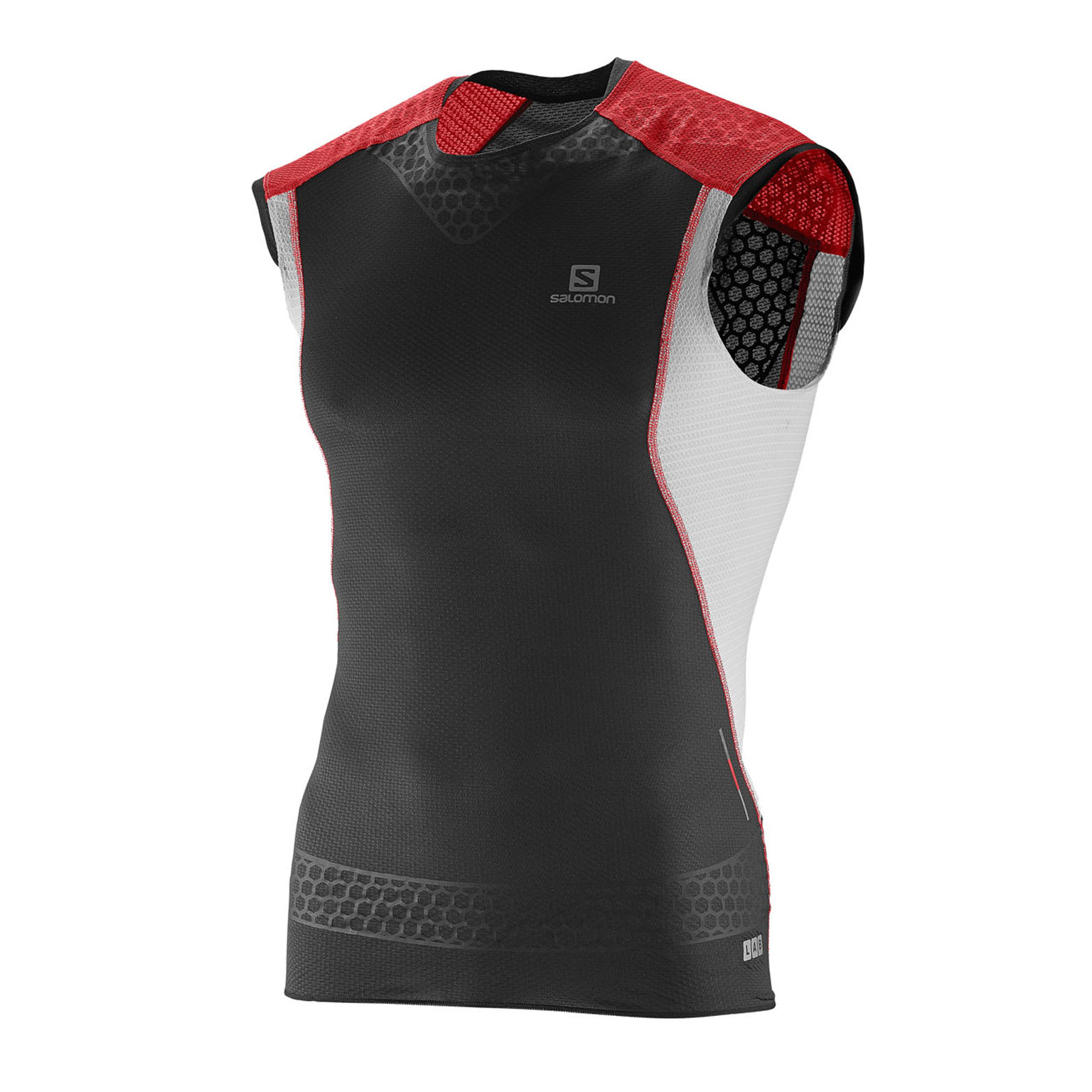
Salomon S-Lab Exo Tank
Yo’ll be working hard on the uphills so ventilation is key. Most fell runners wear club vests but alternatively, this highly breathable top provides clever postural support that makes you feel strong.
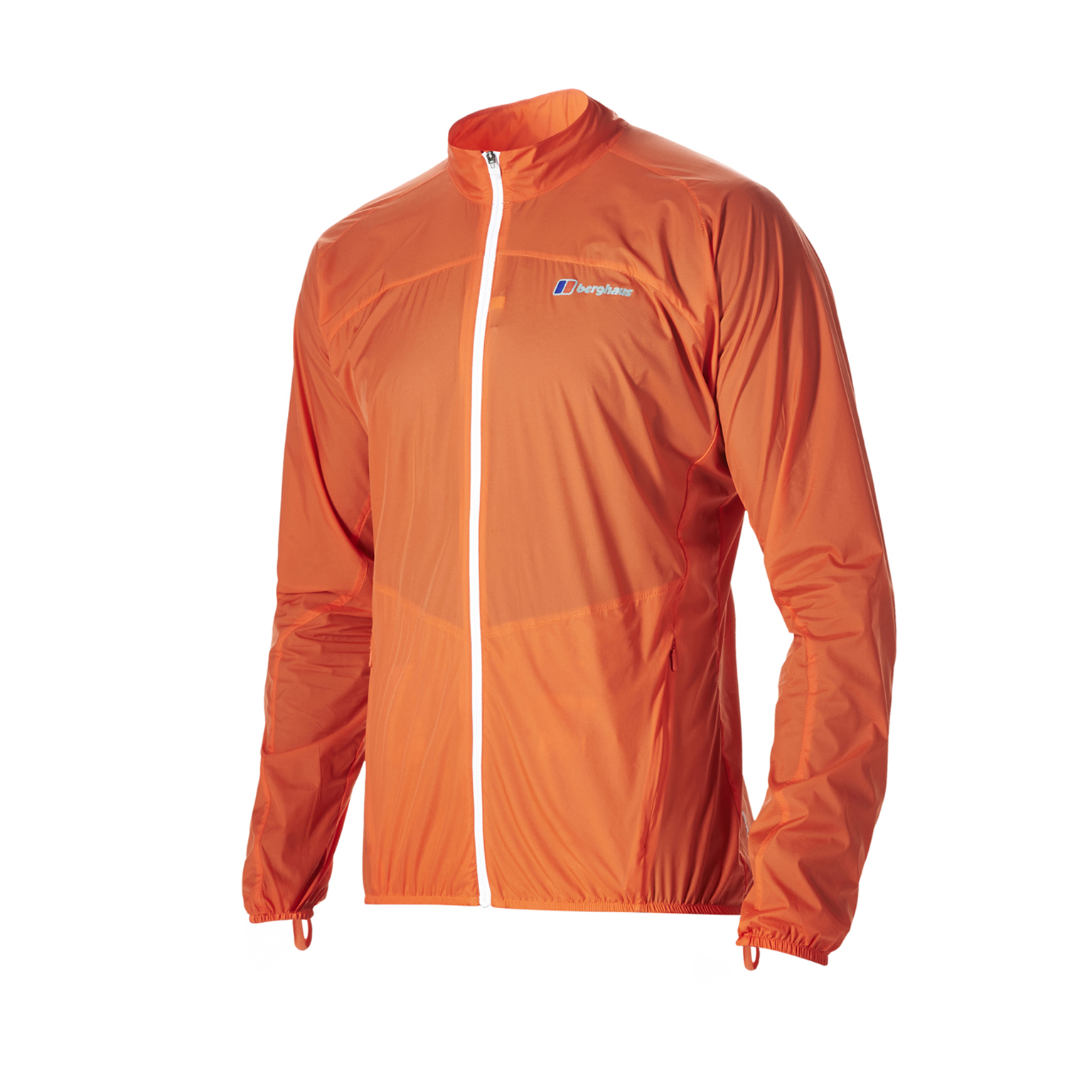
Berghaus VapourLight Stretch Windshirt
As well as map and compass, mandatory kit will often include a windproof or waterproof layer. Weighing just 118g, with water resistance and allowing full-body movement, this is ideal. In fact it feels too light to keep you warm – but it works.
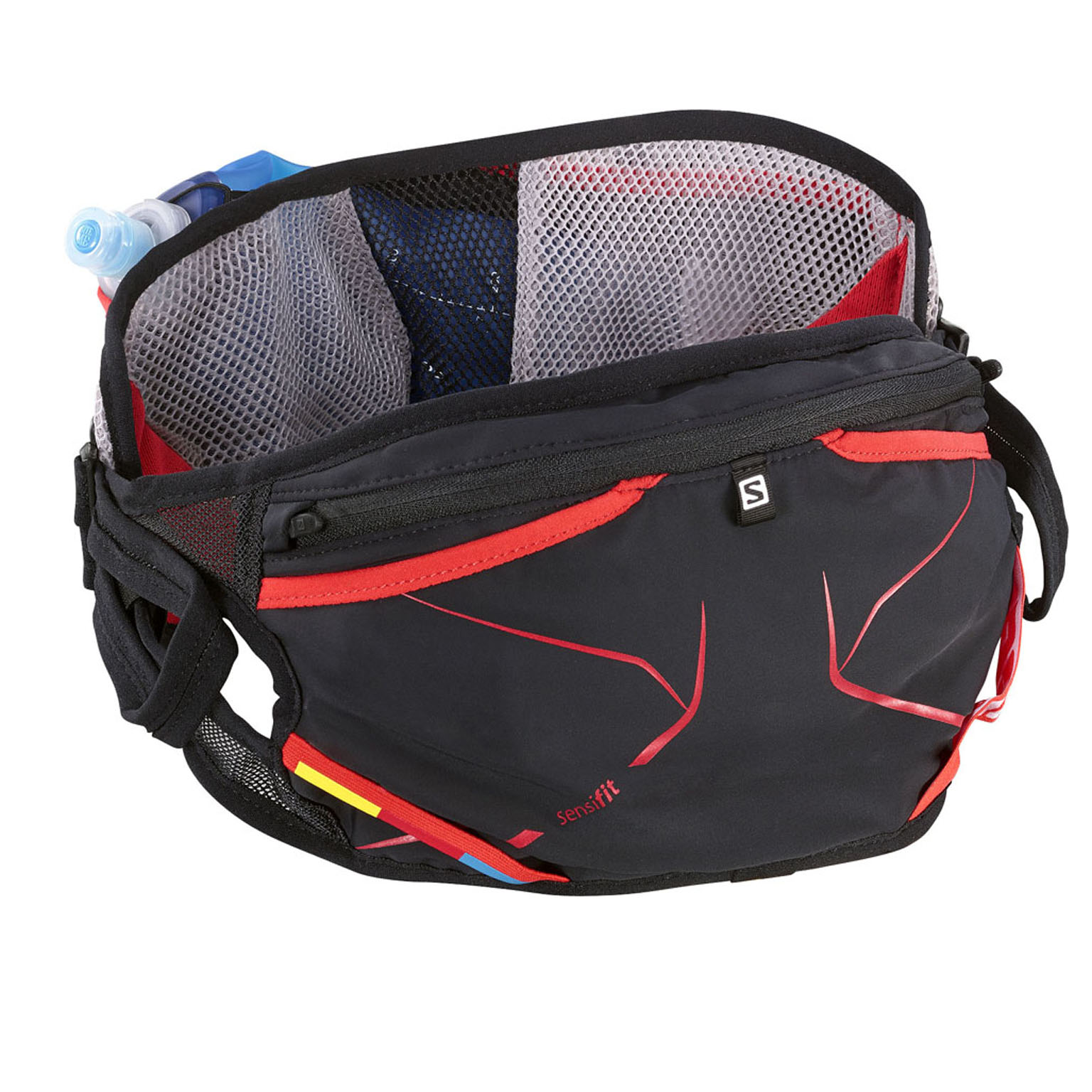
Salomon S-Lab Advanced Skin 3 Belt Set
A bumbag, yes, but what a bumbag! You could just about fit the mandatory kit for an ultra in here and it shares weight around cleverly with its ‘form fitting’ hold, meaning there’s no annoying bounce. It also includes a soft flask.
Damian Hall is a journalist, author and ultra runner. In 2014 and 2015 he contributed to Men’s Fitness UK magazine, which predated and then shared a website with Coach. Hall went on to write for publications such as The Guardian, The Telegraph, Runner's World, Men's Health UK, Men's Running among others, train as a UK Athletics coach, author numerous walking guide books and running memoirs, and chalk up Fastest Known Times for storied routes including the Pennine Way and Wainwright’s 185-mile Coast to Coast.
